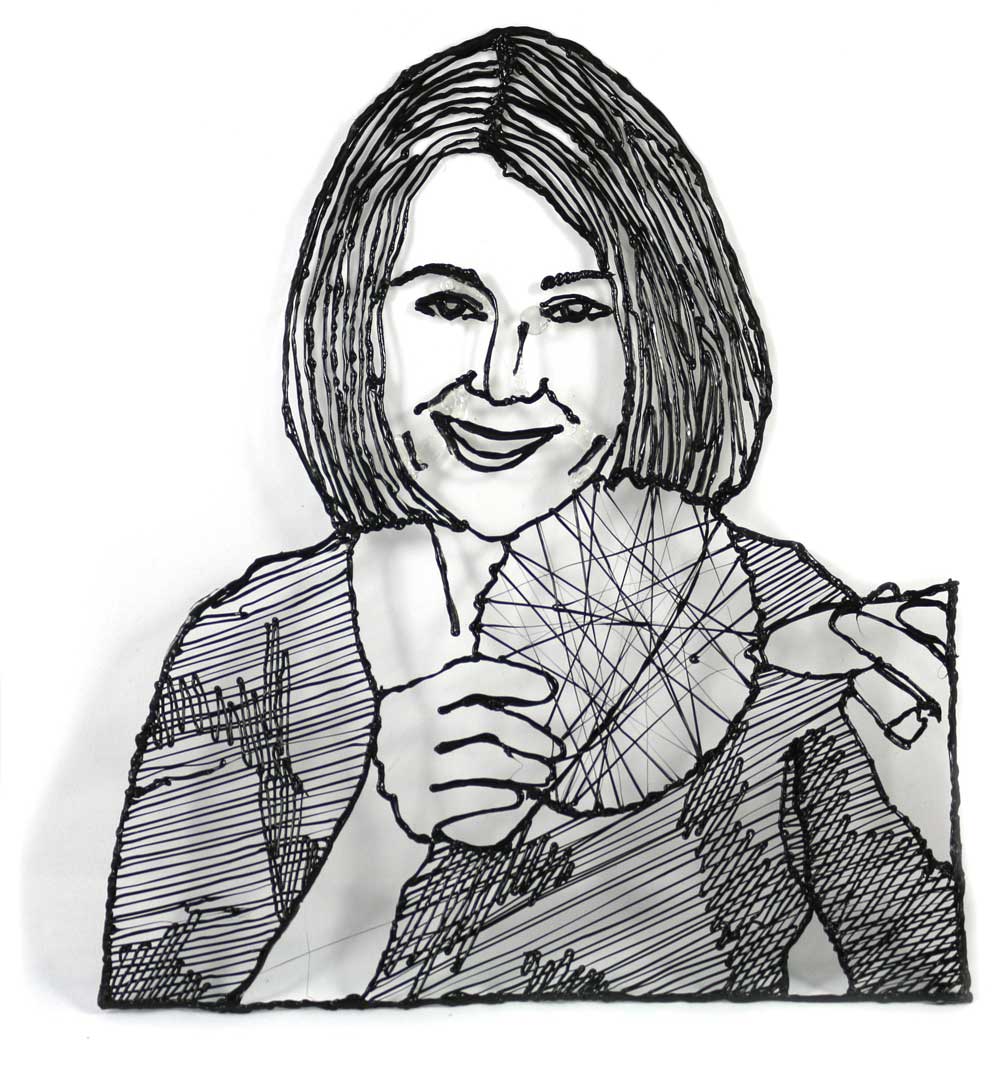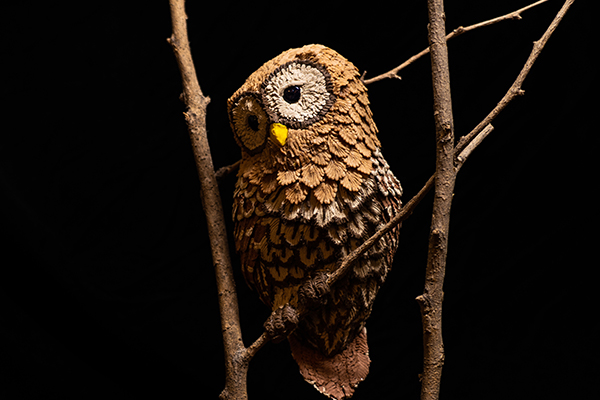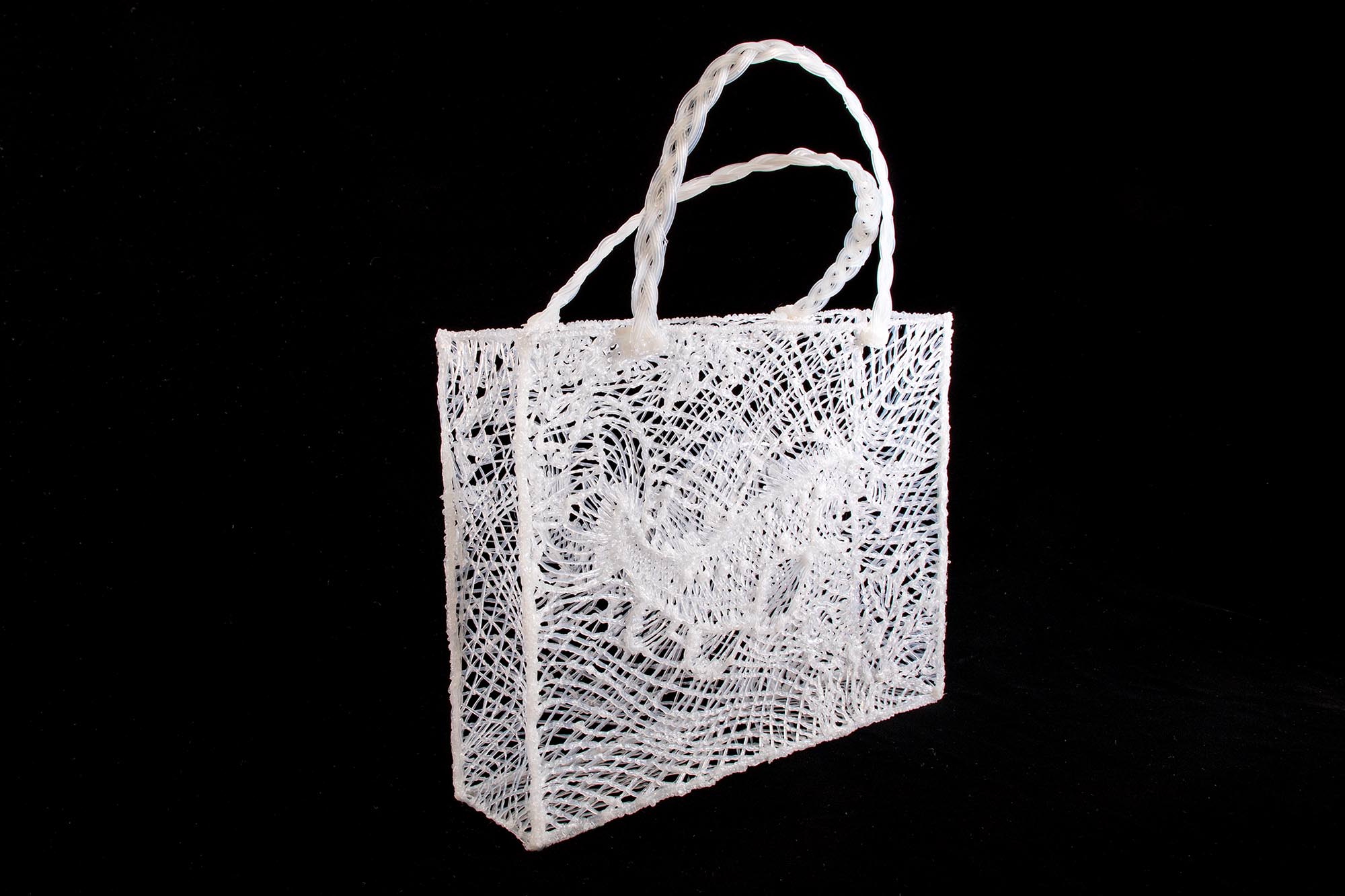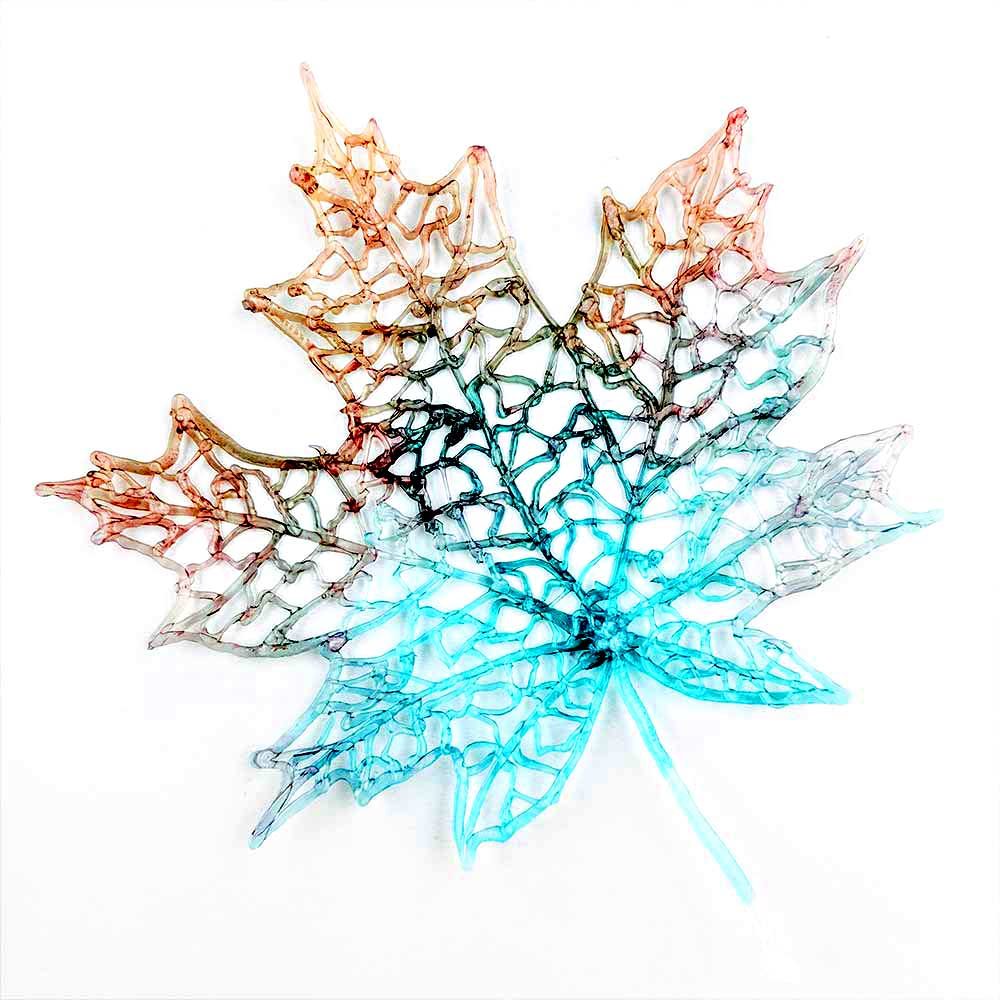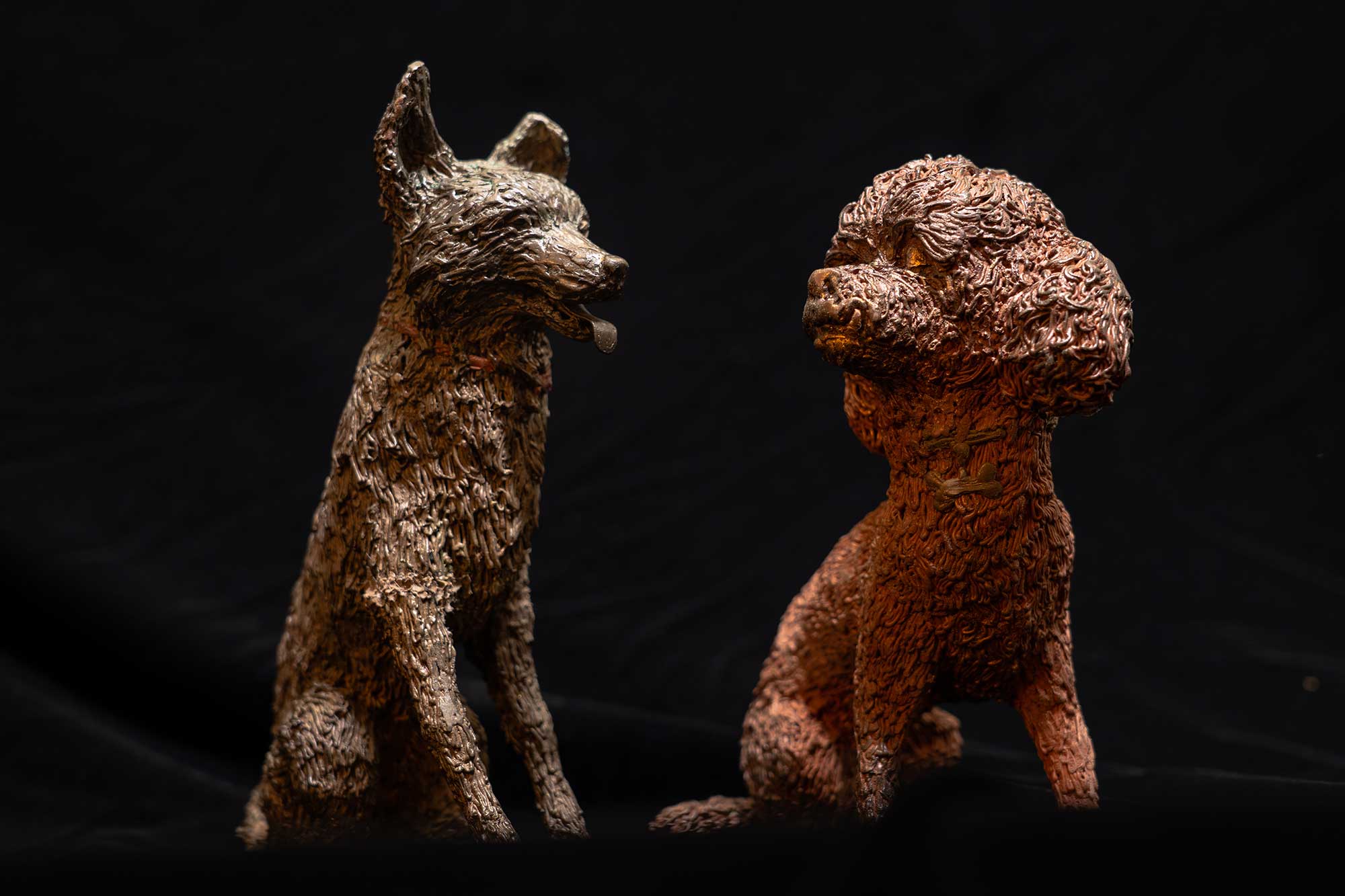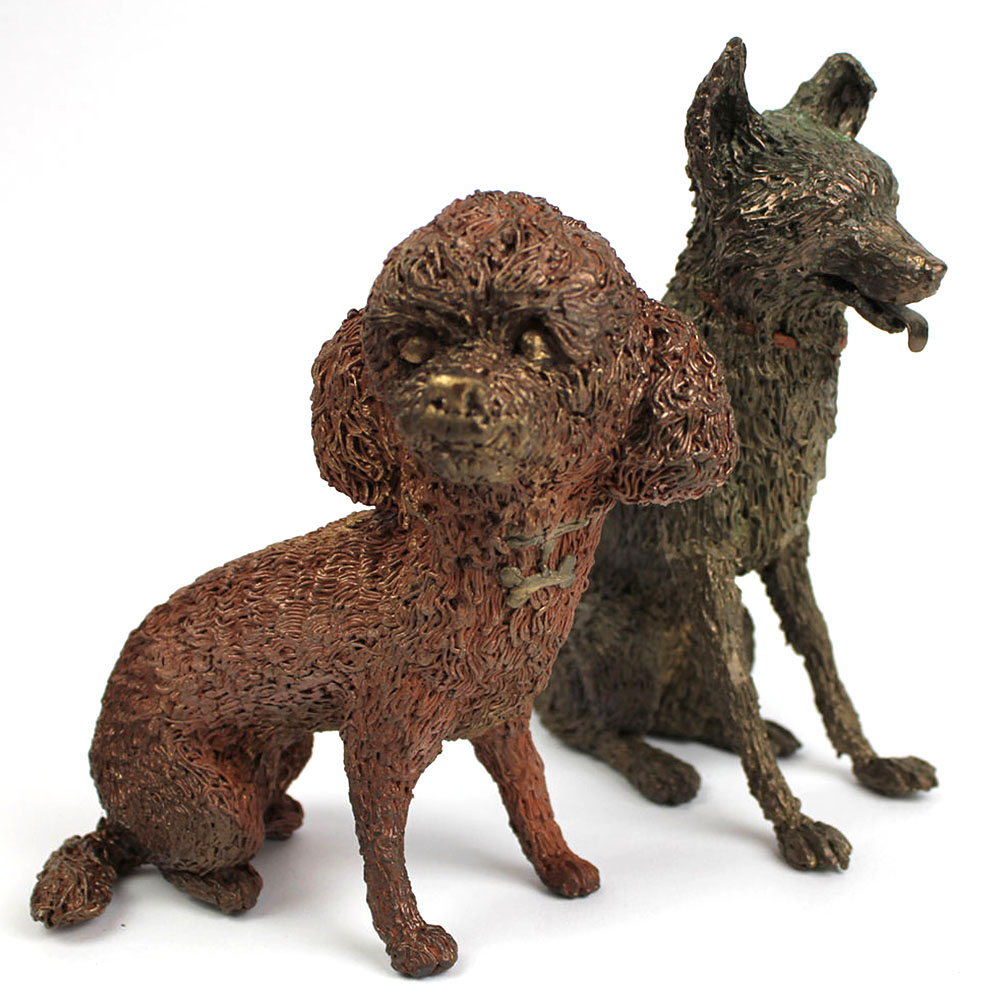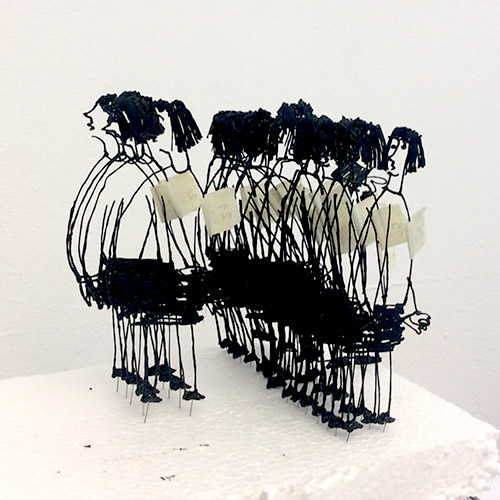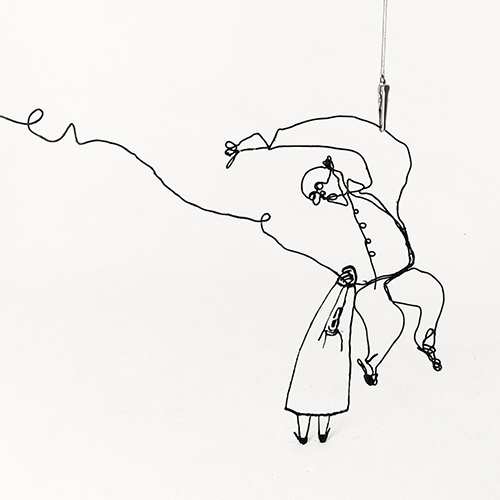A few years back, I sat in on a teacher’s conference about the SAMR Model. SAMR is an acronym that stands for Substitution, Augmentation, Modification, and Redefinition.
At its lowest level, technology may be used as a substitution to accomplish something that we already do in the classroom. Therefore, a word processor might substitute for paper and pencil to write a story. We can augment the story writing process with text-to-speech. We can modify it by posting students’ writing on a blog. But at its highest level, we redefine the writing lesson when we can conceive of a task that could never have been accomplished before. At this repurposed level, students might conference with professional authors and editors from around the world via Skype.

The 3Doodler Start pen easily rises to the top of the SAMR model when used thoughtfully and effectively. Certainly, we can simply substitute crayons for 3Doodler pens. But, what if we could use the 3Doodler pens to redefine the learning experience in previously inconceivable ways that could make a profound difference in our students’ learning? What if weekly sight words, became weekly touch words with students designing dimensional and textural elements? Would this cognitively trigger a whole new learning experience? When we open our minds and refocus our objectives, we can clearly see how the 3Doodler pen opens unexplored possibilities for learning across subject areas.
A few years back, I wanted to teach my students about ancient artifacts of Western civilization, so, we went on virtual class trips to museums. I even invited a holographer to display holograms of artifacts that “appeared” to have dimension. We saved images of artifacts to sketch, but we could never actually touch or explore them. It was like looking at a delicious piece of cake, but being unable to eat it.

In Language Arts, students can move away from passively learning about idioms and other forms of figurative language, and move toward actively pursuing the roles of literary architects. With the 3Doodler pen, personification becomes concrete in students’ minds and hands. An actual potato can be doodled on to repurpose it as a “couch potato” complete with sunglasses and a couch. An open mouth can be doodled on a bar soap, transforming it into a singing diva in a “soap opera.” A personified compass becomes a graceful ballerina dancing on pencil point. Students who have a hand in their own learning become writers whose words inspire others.

In Science, the 3Doodler pen lends dimension to discovery as students design organs of the human body or fossils of the future. Real-time learning happens, too, when students realize that they have the power to solve everyday problems. The plants in our hydroponic garden were growing into the UV lights where they were habitually scorched. My students researched photosynthesis and designed various ancillary tools and attachments to reposition the plant growth away from the lights. Before the 3Doodler pens, students may have relied on market solutions. With the 3Doodler pens, students became independent, self-reliant problem solvers.
At times, the 3Doodler pen becomes the lesson itself. As students explore how 3D printers work, they became an active cog in the process of additive manufacturing, building layer upon layer to their understanding of design. Students sometimes run into problems as they charter previously unexplored design territory. A girl in my class was having difficulty adhering the filament to a scissor and wondered why it kept slipping off the metal. This raised a discussion about friction and ways to increase it. This type of real world problem solving is engaging because it is not conceptual. It is tangible. Students are learning by doing! They are designing products that solve problems that are meaningful to them.
Finally, the 3Doodler pen redefines the teacher’s role in the classroom. No longer is the teacher the sole arbiter and purveyor of all knowledge. When students ask me, “Why isn’t this working?” I will freely admit to them when I do not know. And so, I ask them, “How can you figure it out?” "When students are engaged, they are fearless. They are driven. They are persistent. This type of discovery promotes collaborative learning, social engagement and a pursuance of the larger online social network community where experts become guides. " Share
The 3Doodler pens can be the ends or the means by which students learn. It is all up to the teacher. But in the hands of the right individual, the 3Doodler pen is a powerful tool, redesigning education in a whole new way!

